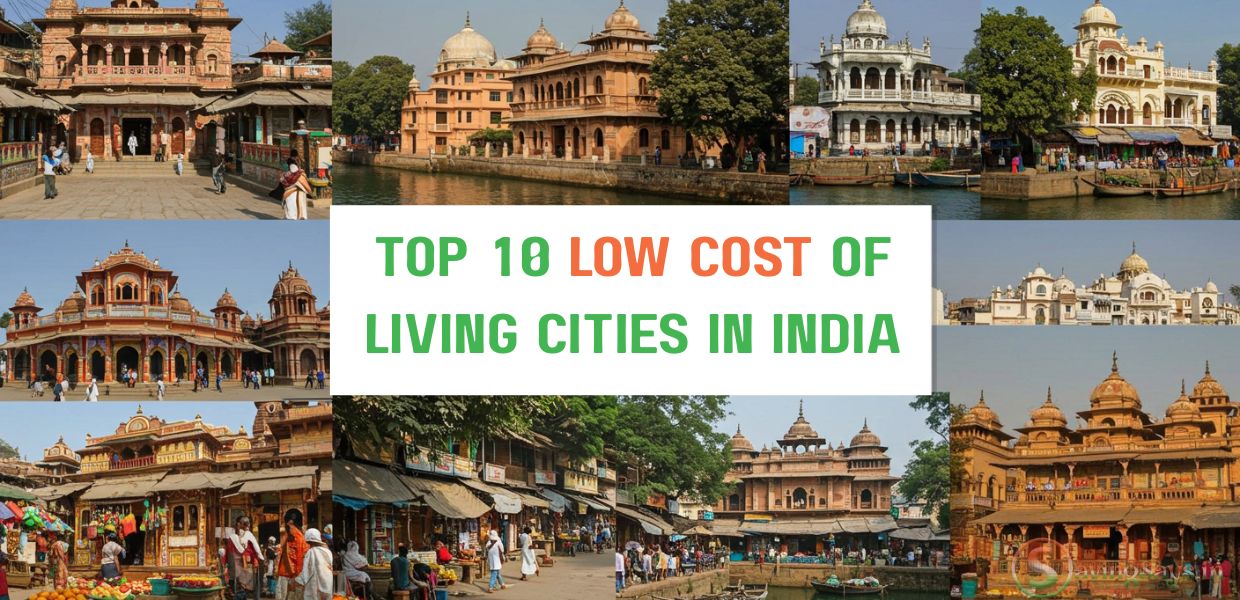If you’re tired of high rents, crowded metros, and constantly juggling bills, you’re not alone. Many Indians are now rethinking where they live, and for good reason. Low-cost-of-living cities in India are gaining popularity as people look for affordable alternatives that still offer a good lifestyle.
These cities aren’t just cheap, they’re liveable. With lower housing costs, cleaner air, growing job hubs, and more manageable traffic, they offer a much-needed break from the fast-paced chaos of big cities like Mumbai, Delhi, or Bangalore.
In this blog, discover some of the best low-cost cities in India that deliver on both budget and quality of life. Whether you’re a remote worker, a young family, or planning retirement, these destinations might just be the fresh start you’ve been searching for.
Why Cost of Living Matters When Choosing a City
When you’re choosing a city to settle in, the cost of living isn’t just about numbers, it’s about freedom. In expensive metros, rent alone can swallow half your income. Add groceries, transport, and medical expenses, and you’re often left with an empty bank account at the end of the month.
Now imagine a place where your rent is cut in half, your commute is shorter, and local markets don’t drain your wallet. Lower living costs mean more room to save, invest, or simply enjoy life, which can include dining out occasionally, taking weekend trips, or enrolling your kids in better schools.
Choosing the right city is the foundation of a healthy lifestyle. It isn’t just about affordability, it’s about building a life that feels sustainable, balanced, and rewarding.
So, where can you find that perfect blend of affordability and quality of life? Let’s explore the top low cost of living cities in India that offer exactly that.
Top Low-Cost of Living Cities in India
1. Coimbatore, Tamil Nadu
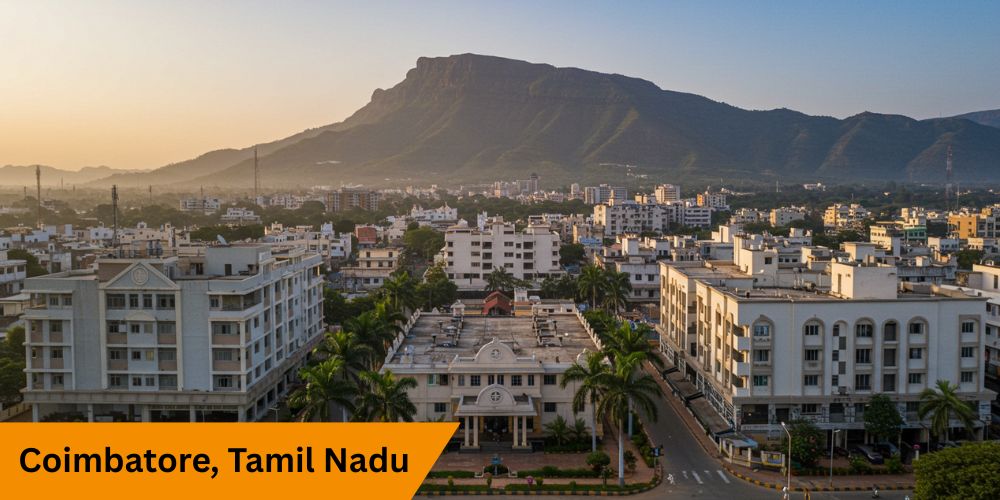
Everyday Life: Coimbatore, often referred to as the “Manchester of South India,” is renowned for its thriving textile and engineering industries. The city boasts a pleasant climate, excellent healthcare facilities, and a fast-growing IT sector. Its well-planned infrastructure and lower pollution levels contribute to a high quality of life.
Cost of Living at a Glance:
-
Average monthly rent (1BHK outside city center): ₹10,876
-
Utilities (electricity, water, garbage): ₹3,619
-
Internet (60 Mbps or more, unlimited): ₹1,117
-
Estimated monthly cost for a single person (excluding rent): ₹26,764
Helpful Tip: Shop for fresh produce at local markets instead of supermarkets to save on groceries.
2. Dehradun, Uttarakhand
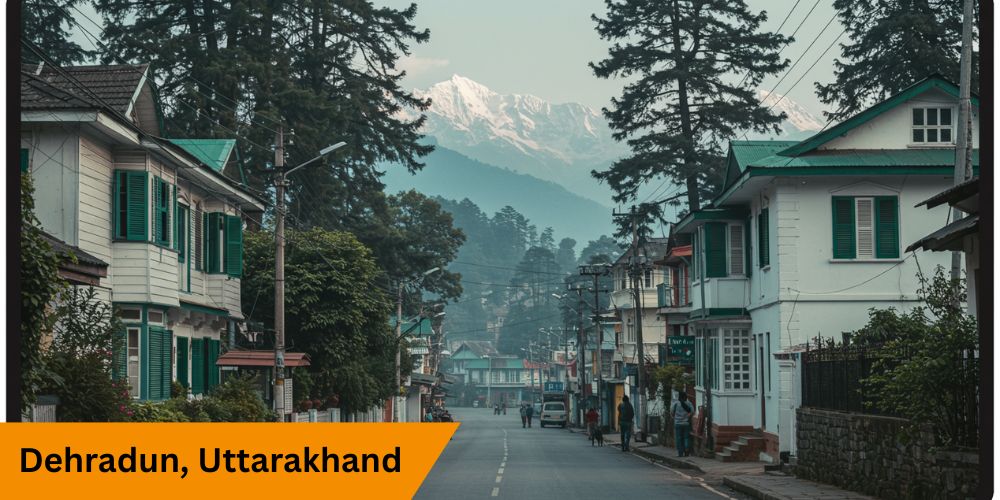
Everyday Life: Nestled in the foothills of the Himalayas, Dehradun offers a serene environment with lush greenery and a temperate climate. It’s a hub for education and research, housing prestigious institutions. The city’s relaxed pace and proximity to hill stations make it ideal for families and retirees seeking tranquility.
Cost of Living at a Glance:
-
Estimated monthly cost for a single person (excluding rent): ₹28,835
-
Internet (50 Mbps or more, unlimited): ₹685
Tip to save more: Explore local cooperative housing societies for affordable long-term rent or purchase.
3. Ahmedabad, Gujarat
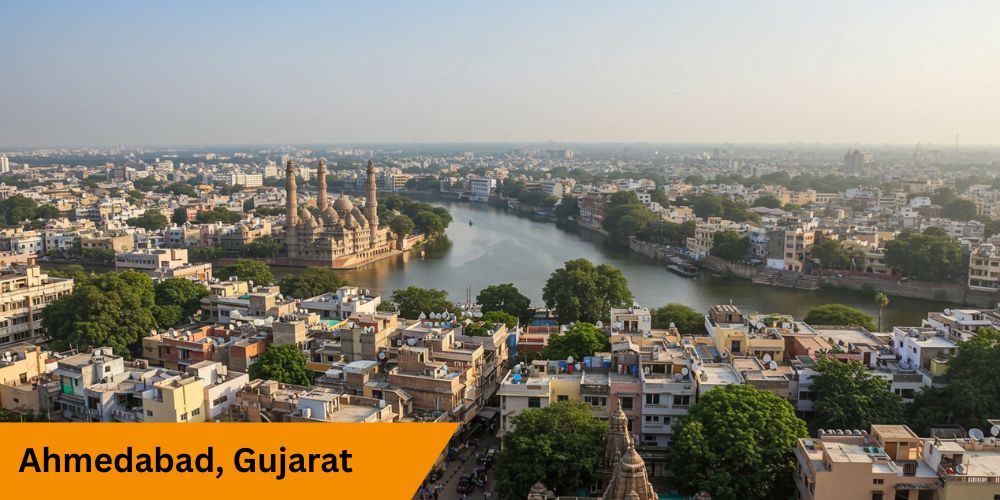
Everyday Life: Ahmedabad seamlessly blends its rich cultural heritage with rapid industrial growth. As a major economic hub, it offers ample employment opportunities, especially in textiles and IT. The city’s well-connected transport system and vibrant food scene enhance its livability.
Cost of Living at a Glance:
-
Average monthly rent (1BHK outside city center): ₹24,156
-
Utilities (electricity, water, garbage): ₹5,493
-
Internet (60 Mbps or more, unlimited): ₹988
-
Estimated monthly cost for a single person (excluding rent): ₹32,759
Saving Tip: Take advantage of local street food and budget thalis instead of dining out at restaurants
4. Hyderabad, Telangana
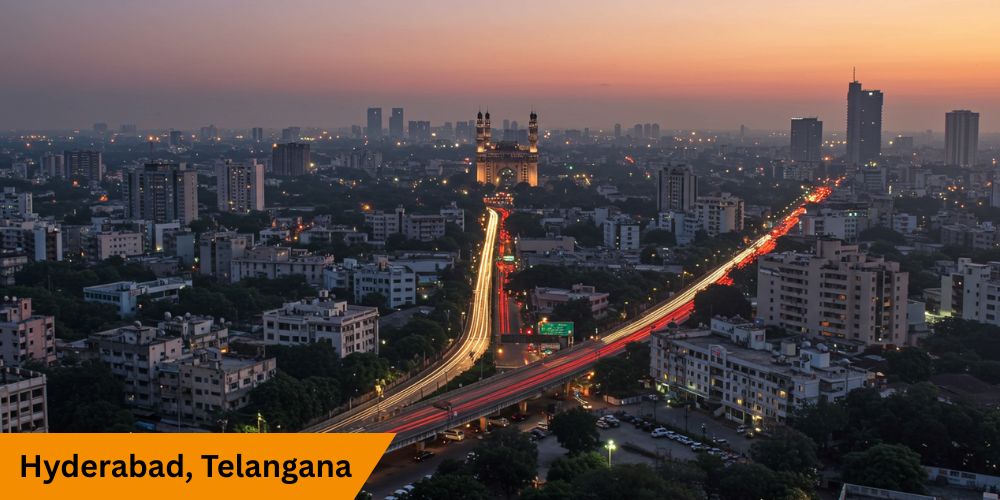
Everyday Life: Hyderabad, known for its rich history and modern IT industry, offers a unique blend of tradition and innovation. The city boasts excellent infrastructure, diverse cuisine, and a relatively lower cost of living compared to other major metros. Its cosmopolitan culture attracts professionals from across the country.
Cost of Living at a Glance:
-
Average monthly rent (2BHK): ₹12,000
-
Utilities (electricity, water, garbage): ₹1,610
-
Internet (60 Mbps or more, unlimited): ₹1,000
-
Estimated monthly cost for a single person (excluding rent): ₹32,409
Smart Saving Tip: Use Hyderabad Metro Rail for a faster and cheaper commute—monthly passes can significantly cut down travel expenses.
5. Jaipur, Rajasthan
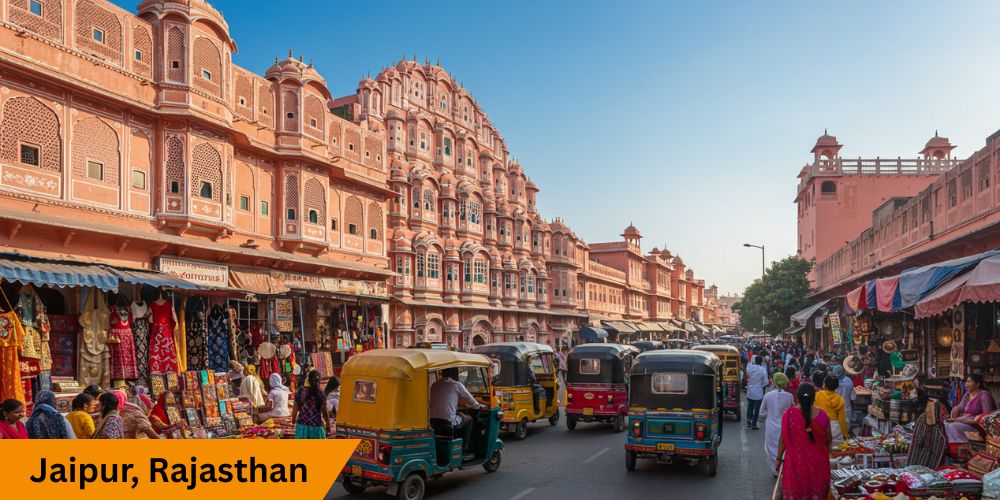
Everyday Life:The Pink City of Jaipur is renowned for its majestic palaces, vibrant markets, and rich cultural heritage. Beyond tourism, it offers a balanced lifestyle with growing job opportunities in various sectors. The city’s planned layout and affordable housing make it attractive for families and entrepreneurs alike. Jaipur was rated at #4 in 11 of the best cities to visit in India by The Times.
Cost of Living at a Glance:
-
Average monthly rent (1BHK outside city center): ₹4,000
-
Utilities (electricity, water, garbage): ₹5,000
-
Internet (60 Mbps or more, unlimited): ₹1,000
-
Estimated monthly cost for a single person (excluding rent): ₹29,359
Helpful Tip: Use prepaid electricity meters and solar geysers to lower monthly utilities.
6. Nagpur, Maharashtra
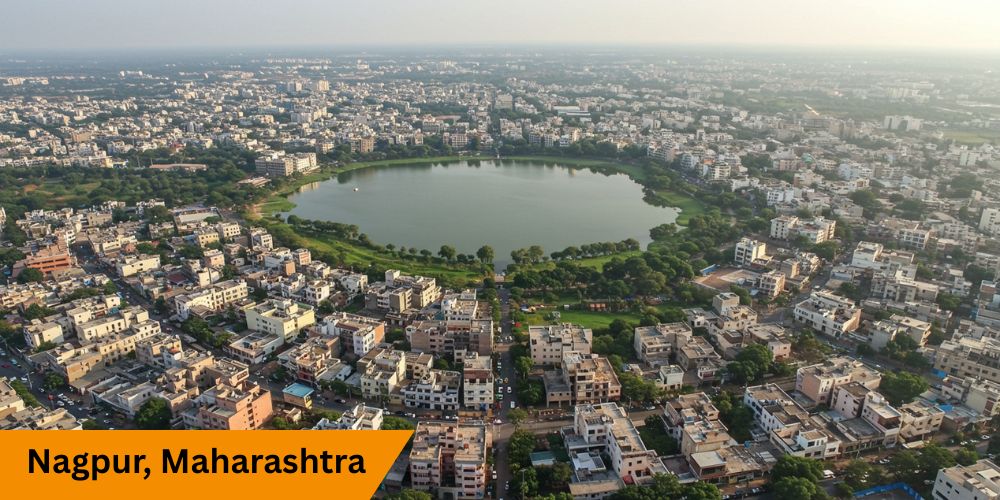
Everyday Life: Nagpur, the geographical center of India, is known for its cleanliness and greenery. The city serves as a major commercial and political hub in Maharashtra. With its well-planned infrastructure and emerging IT sector, Nagpur offers a comfortable lifestyle with less congestion compared to other metros.
Cost of Living at a Glance:
-
Average monthly rent (1BHK outside city center): ₹8,759
-
Utilities (electricity, water, garbage): ₹3,294
-
Internet (60 Mbps or more, unlimited): ₹1,000
-
Estimated monthly cost for a single person (excluding rent): ₹28,000
Smart Saving Tip: Opt for budget-friendly housing in outer localities with good public transport access.
7. Indore, Madhya Pradesh
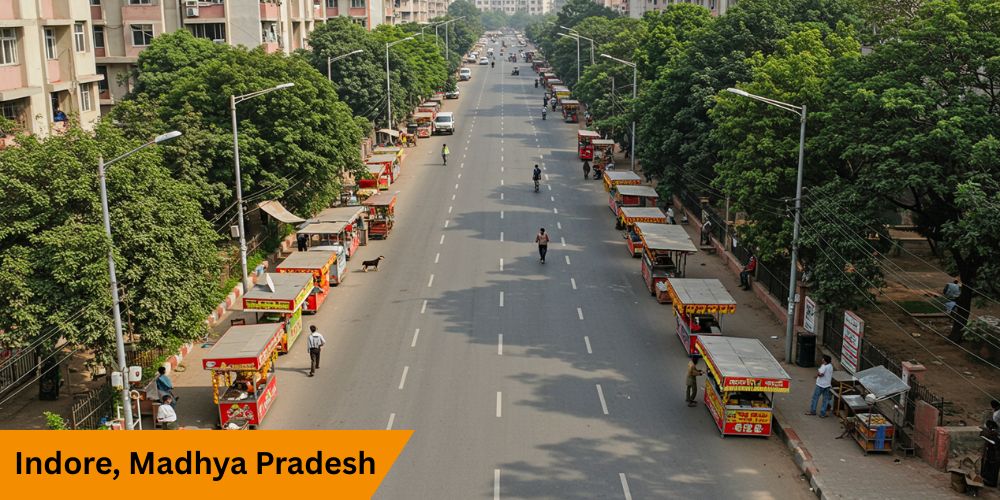
Everyday Life: Indore, the commercial capital of Madhya Pradesh, is celebrated for its cleanliness and vibrant food culture. The city has emerged as an educational and IT hub, attracting students and professionals. Its efficient public transport and affordable living costs make it a preferred choice for many.
Cost of Living at a Glance:
-
Average monthly rent (1BHK outside city center): ₹8,000
-
Utilities (electricity, water, garbage): ₹3,000
-
Internet (60 Mbps or more, unlimited): ₹1,000
-
Estimated monthly cost for a single person (excluding rent): ₹27,922
Cost Saving Tip: Consider renting 1BHK apartments in areas like Vijay Nagar for better rent deals.
8. Bhubaneswar, Odisha
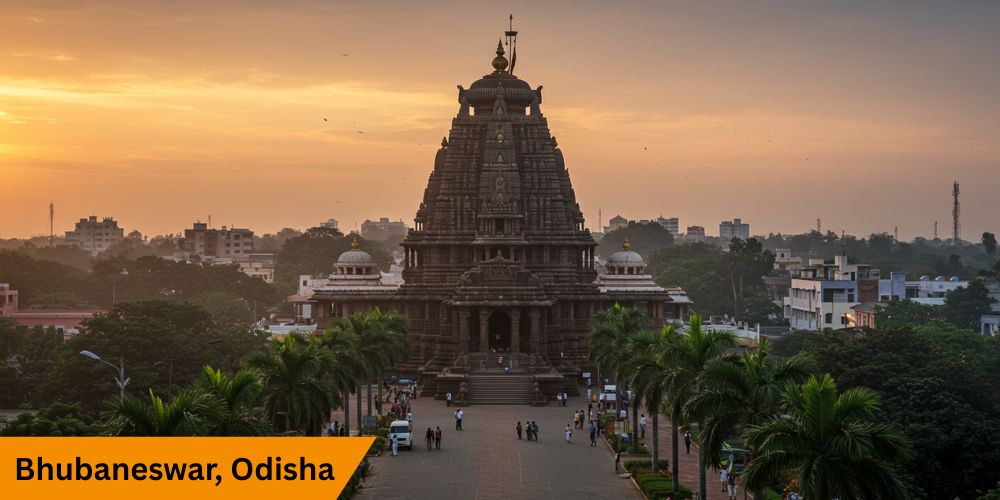
Everyday Life: Bhubaneswar, the capital of Odisha, is an emerging IT and education hub. Known for its ancient temples and rich history, the city offers a peaceful lifestyle with growing employment opportunities. Its clean environment and low traffic congestion add to its appeal.
Cost of Living at a Glance:
-
Average monthly rent (1BHK outside city center): ₹5,000
-
Utilities (electricity, water, garbage): ₹2,500
-
Internet (60 Mbps or more, unlimited): ₹1,000
-
Estimated monthly cost for a single person (excluding rent): ₹29,892
Helpful Tip: Leverage student discounts and state-run facilities if you’re moving for studies or training.
9. Pune, Maharashtra
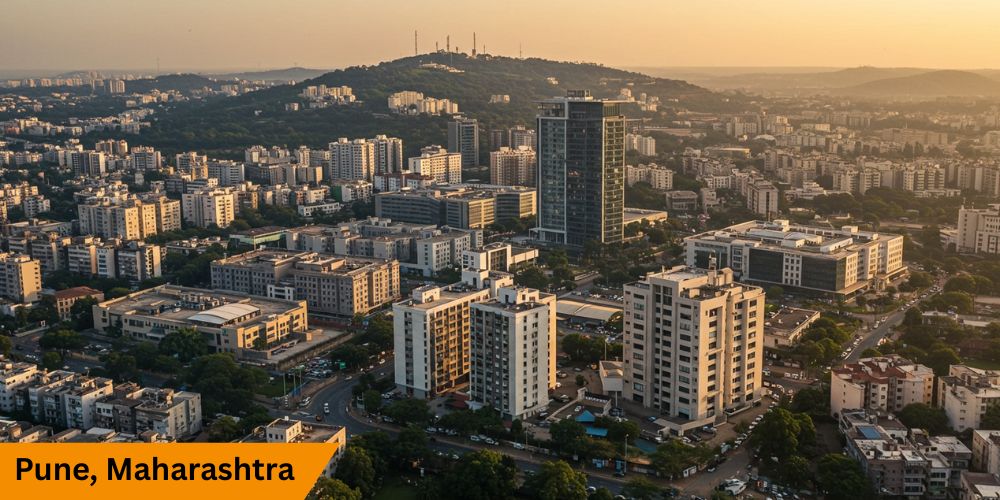
Everyday Life: Pune is known for its educational institutions, pleasant climate, and growing IT industry. The city offers a cosmopolitan lifestyle with a mix of traditional and modern cultures. Its vibrant nightlife and cultural events make it attractive to young professionals.
Cost of Living at a Glance:
-
Average monthly rent (1BHK outside city center): ₹15,000
-
Utilities (electricity, water, garbage): ₹4,000
-
Internet (60 Mbps or more, unlimited): ₹1,000
-
Estimated monthly cost for a single person (excluding rent): ₹33,741
Saving Tip: Use PMPML buses and shared rickshaws for cheap and convenient commuting.
10. Mysore, Karnataka
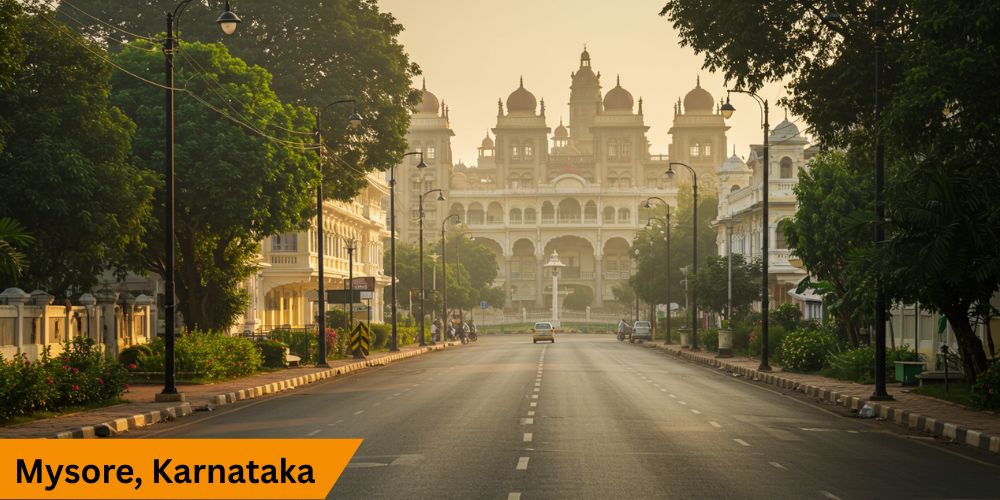
Everyday Life: Mysore is renowned for its heritage structures, yoga centers, and a tranquil lifestyle. It’s an excellent choice for those seeking a slower pace of life without compromising on essential amenities. The city’s cleanliness and cultural richness add to its charm.
Cost of Living at a Glance:
-
Average monthly rent (1BHK outside city center): ₹5,000
-
Utilities (electricity, water, garbage): ₹2,500
-
Internet (60 Mbps or more, unlimited): ₹1,000
-
Estimated monthly cost for a single person (excluding rent): ₹25,000
Smart Tip: Cycle or walk in this pedestrian-friendly city to cut down on travel costs.
Tips for Moving to a Budget-Friendly City in India
Relocating to a new city can be both exciting and overwhelming. But a smooth transition isn’t just about finding a cheaper place to live; it’s about planning smart, adjusting expectations, and making the most of local resources. Here are some tips to help you settle in comfortably and stay on budget:
-
Do Your Homework
Research the cost of housing, transportation, utilities, and food in your target city. Online forums, YouTube vlogs, and expat communities can give real insights. Use sites like Numbeo to compare the cost of multiple cities at once. -
Visit Before You Move
If possible, take a short trip to experience the city’s vibe, neighborhoods, and commute options before making a long-term commitment. -
Choose the Right Neighborhood
Not all areas in a city are equally affordable. Look for safe, well-connected localities that offer budget-friendly rent and daily conveniences. -
Plan Your Budget & Track Expenses
Create a monthly budget tailored to the new city’s cost of living. Use apps like Walnut, MoneyView, or Goodbudget to monitor spending. Have a look at 10 Practical Habits to Save Money From Salary Every Month to help you plan your budget in a more balanced manner. -
Tap Into Local Networks
Join local WhatsApp or Facebook groups to find roommates, learn about local discounts, and get recommendations for everything from tiffin services to doctors.
Ending Note
Choosing where you live has a direct impact on your lifestyle, finances, and future goals. As the cost of living in major metros continues to rise, more people are discovering the comfort and practicality of India’s smaller, budget-friendly cities. From low rent to affordable groceries and better work-life balance, these destinations offer more than just savings — they offer a chance to thrive. If you need more information on which countries to choose, have a look at top 8 cheapest cities to live in India
Whether you’re relocating for work, planning retirement, or just looking for a simpler life, the cities we’ve listed combine affordability with livability. And when you pair that with smart money habits and thoughtful planning, you can make the most of your income without compromising on quality of life.
Frequently Asked Questions
Q1. What makes a city “low cost” to live in?
A city is considered low cost when essential expenses like rent, food, transportation, and utilities are significantly lower than in major metros like Mumbai or Delhi.
Q2. Are budget-friendly cities suitable for families?
Yes! Many affordable cities offer good schools, safe neighborhoods, and better work-life balance — ideal for raising a family on a budget.
Q3. How much does it cost to live comfortably in a low-cost Indian city?
Living in these cities is generally affordable. With lower housing, food, and transport costs, both individuals and families can maintain a comfortable lifestyle without stretching their budget.
Q4. Can I find job opportunities in these cities?
Absolutely. Cities like Indore, Bhopal, and Jaipur are growing business hubs with opportunities in IT, education, retail, and services.
Q5. Is public transportation reliable in low-cost cities?
Most budget-friendly cities have affordable and efficient public transport, including buses, auto-rickshaws, and in some cases, metro or BRT systems.
Q6. How do I plan a smooth relocation?
Research localities, budget your moving costs, visit the city beforehand if possible, and build practical savings habits.
Q7. Are healthcare and education services reliable in these cities?
Yes, most tier-2 cities in India have well-established hospitals and schools, often with lower costs and less crowding than in bigger metros.

